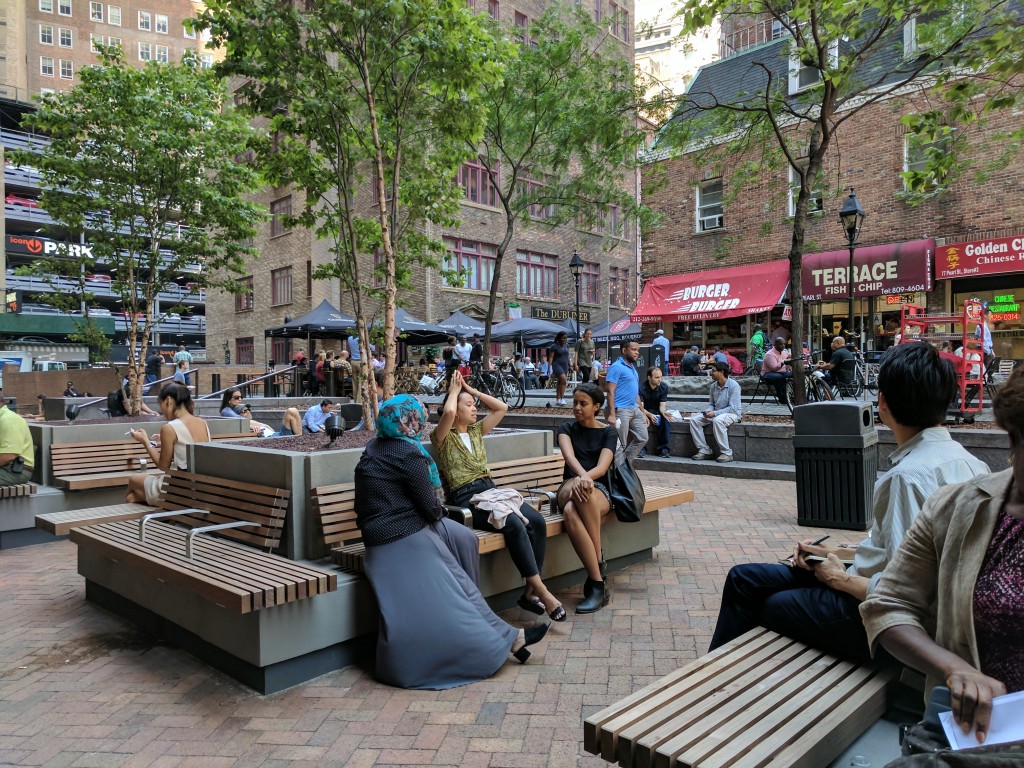The MTA system is falling apart at the seams. In just the past couple of months there have been signal problems that caused delays on multiple lines, a stalled F train that trapped people for nearly an hour, multiple power outages, and flash floods. On Tuesday an improperly secured replacement rail caused two subway cars to derail and injured almost 40 people. Who knows what calamities will greet us tomorrow.
These delays are caused by factors both internal and external. The MTA’s aging system is deteriorating through lack of investment and its communication skills are abysmal, but there are also Con Ed failures, climate change, human error and the fact that the system is chronically underfunded.
Regardless of cause, something needs to happen, and fast, to turn this system around.
Maybe some new leadership, backed by the Governor, will help. Last week Joe Lhota returned to the MTA as Chairman. When he was Chairman in 2012 he had the unenviable task of bringing the MTA system back following Superstorm Sandy. During his short tenure he had a reputation for actually listening in meetings and then making informed decisions that benefited the system. He guided the system during Sandy, with luck he is up for an even bigger challenge.
It’s also time for the MTA to start having real discussions about all the issues. There is a lot to talk about and we would like to start some of those conversations.
We are going to talk about money. There is no doubt that the system is in a nose dive operationally, and that while the MTA has been ahead of many other transit systems by consistently funding its 5-year capital programs, the system is still underfunded. In recent years, the amount allotted to operational investment has been less than the amount needed to keep the system running smoothly. A recent CBC report sums up the issue nicely: “Despite the 10 percent increase in the size of the plan, the agency still intends to invest less than is required to keep the system in state of good repair and to enable current capacity to be used effectively.” Capital Program funds over the last 15 years have been only enough to keep the MTA’s nose above water, but the ongoing substantial under investing is now causing the system to drown in failures. Increasing the investment in the system is the only thing that will turn the system’s performance around.
We are going to talk about system interconnectivity. Spending money on the subway system to make improvements means a lot more outages. In order to accommodate riders, there needs to be a substantial increase in alternate services like buses or ferries, and that means the MTA working with the NYC DOT on everything from traffic management to SBS routes. Working together is the only way forward.
We are going to talk about communication at both the micro and the macro level. In both the F train breakdown two weeks ago and this week’s A train derailment the train PA systems failed. Whenever there is a train failure, no matter the size, the MTA must find a way to communicate with its riders. On a larger scale, the MTA website, it’s main portal for communication, is unnavigable. Its 511 call-in system is incomprehensible.
We are going to talk about safety. During both the A train derailment and the delays caused by signal problems on June 20 riders got off the train and walked down the track. People know at this point not to jump on the tracks to retrieve a lost cell phone, but the MTA never talks about what to do on a stalled train. Until now it seemed unfathomable that we would ever have that experience, but recently it seems a lot closer to home. Let’s acknowledge this new reality and talk about it. How do we know what to do?
We are going to talk about crowding. Trains are becoming more crowded. Platforms are becoming more crowded. Crowds cause delays and frustration and anger. According to a recent article in the NY Times, “In March, overcrowding was blamed for nearly 30,000 subway delays — about 38 percent of all delays.”
We are also going to talk about what the MTA is doing right and this is where we are going to start. The L train is going to be shut down in 2019 for work on the Canarsie Tunnel and in anticipation the MTA is repairing two bridges on the M line. The MTA has done a stellar job on community outreach and preparing the ridership for what is to come. The information on their website is comprehensive and interesting. In the future the MTA needs to show that this outreach effort is not an isolated incident.
There is definitely a lot to talk about. With a new Chairman comes possibility, new doors to open. We want to take this opportunity to start a discussion, to push the MTA toward change because without active involvement that change is not going to be in the right direction. We hope you will join us.
